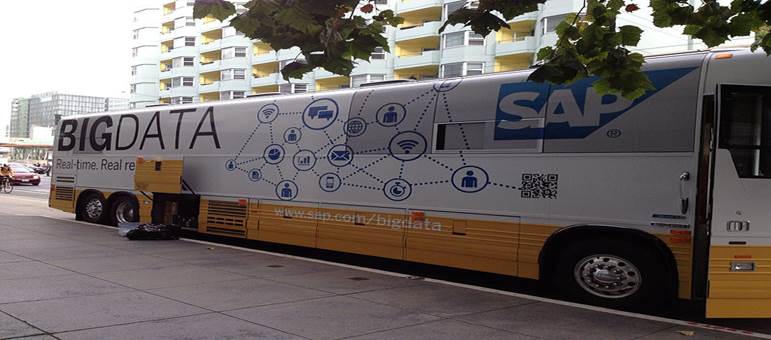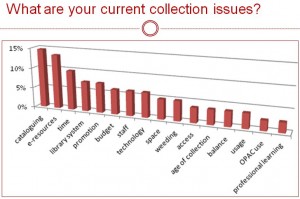In the 21st century school libraries need to consider their spaces, the role of the teacher librarian, and the move to digital content and access in the age of BYOD (Bring your own device). In Australian schools, demonstration of the value of the school library to principals and school councils is essential as they look at resourcing the Australian Curriculum.
‘What do teacher librarians teach’ by Joyce Valenza and Gwyneth Jones is an excellent infographic to highlight the multifaceted role of teacher librarians. Evaluating resources is an important focus for teacher librarians, as is digital citizenship, and educating students about plagiarism. Increasingly, teacher librarians are working with classroom teachers to develop their students’ capacity to identify and ask good questions, and to improve study and research skills.
Modern school library design may look more to the contemporary approach of buildings such as Trinity Grammar’s Tudor Centre, which brings together library, curriculum, and technology staff.
In the age of BYOD students are not necessarily accessing the same information at the same time. For students and staff 24/7 access to resources is important, as is providing resources in a variety of formats: print, e-book, DVD, audiobook and digital video library. Identification of suitable apps for teacher resources and for use by students is featuring increasingly. While we may be seeing a drop in the use of our non-fiction print collections this may not be a matter of student preference. Content and relevancy are important regardless of format.
In most schools the school library catalogue is the only place where users can search for school-owned/licensed resources all in one place. School library catalogues provide access to learning resources for the school community. While students and teachers can use a search engine to find millions of online resources, this search will return everything online EXCEPT the very resources that the school or system has actually selected and paid for.
The student or staff member seeking books, information, and learning resources expects to do one search and for that search to return all the relevant material available to them, regardless of its format or its location. Single point of search assumes an integrated set of search results, which requires integrated metadata.
21st century, next generation library systems will need to include digital rights management, a seamless secure single sign-on, and federated searching across a variety of resources, databases and collections. Next generation systems will need the ability to connect with a variety of devices and, increasingly, to provide a personalised service similar to the Amazon or Google experience.
This is why making digital content discoverable through school library catalogues is essential.
For a long time a priority for library staff has been to organise the physical library space in ways that are attractive and encourage users to visit and explore, as well as making it easy for them to find what they need, and assist browsing for inspiration. We work to make location and lending of resources as seamless and self-servicing as possible. We now have additional responsibilities. As well as serving our users who are visitors, browsers and borrowers of physical items in a physical library space, we now need to serve our library users accessing and downloading resources in virtual spaces.


